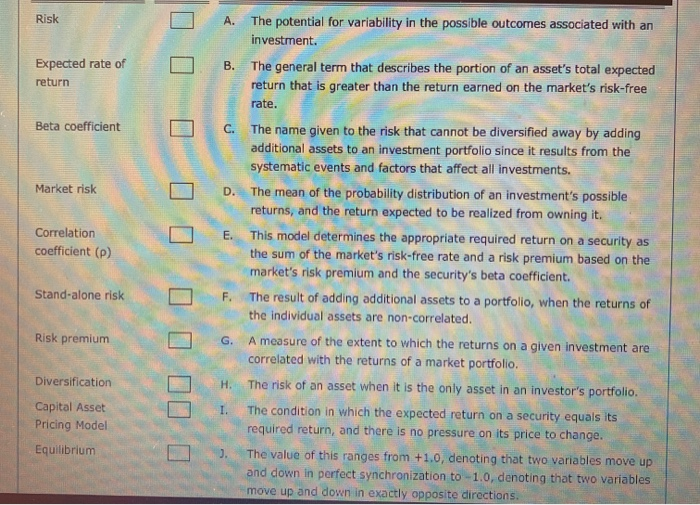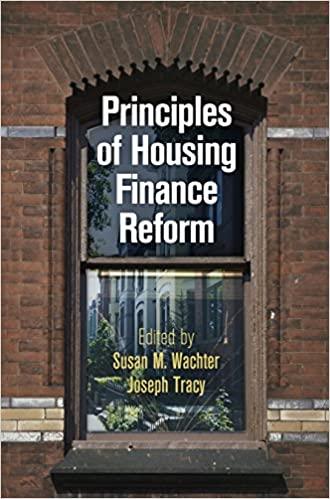Answered step by step
Verified Expert Solution
Question
1 Approved Answer
Ch 02: Assignment - Risk and Return: Part 1 2. Basic concepts Aa Aa E Match the terms relating to the basic terminology and concepts


Step by Step Solution
There are 3 Steps involved in it
Step: 1

Get Instant Access to Expert-Tailored Solutions
See step-by-step solutions with expert insights and AI powered tools for academic success
Step: 2

Step: 3

Ace Your Homework with AI
Get the answers you need in no time with our AI-driven, step-by-step assistance
Get Started


